There is at least a salad, a good chance of some wilted greens to go with a little garlic and olive oil, maybe the beginning of a cordial, certainly some soup ingredients all currently growing in your garden, whether you planted them there or not. This is because many of the things we think of weeds are edible and on top of that there are an even greater number of ornamental plants that are considered edibles elsewhere. There’s a veritable feast out there just waiting to be picked.
You may also like
- Beth Al Rikabi's foraging recipes
- What are edimentals?
- Growing an edible garden
- Is growing your own veg really a good way of saving money?
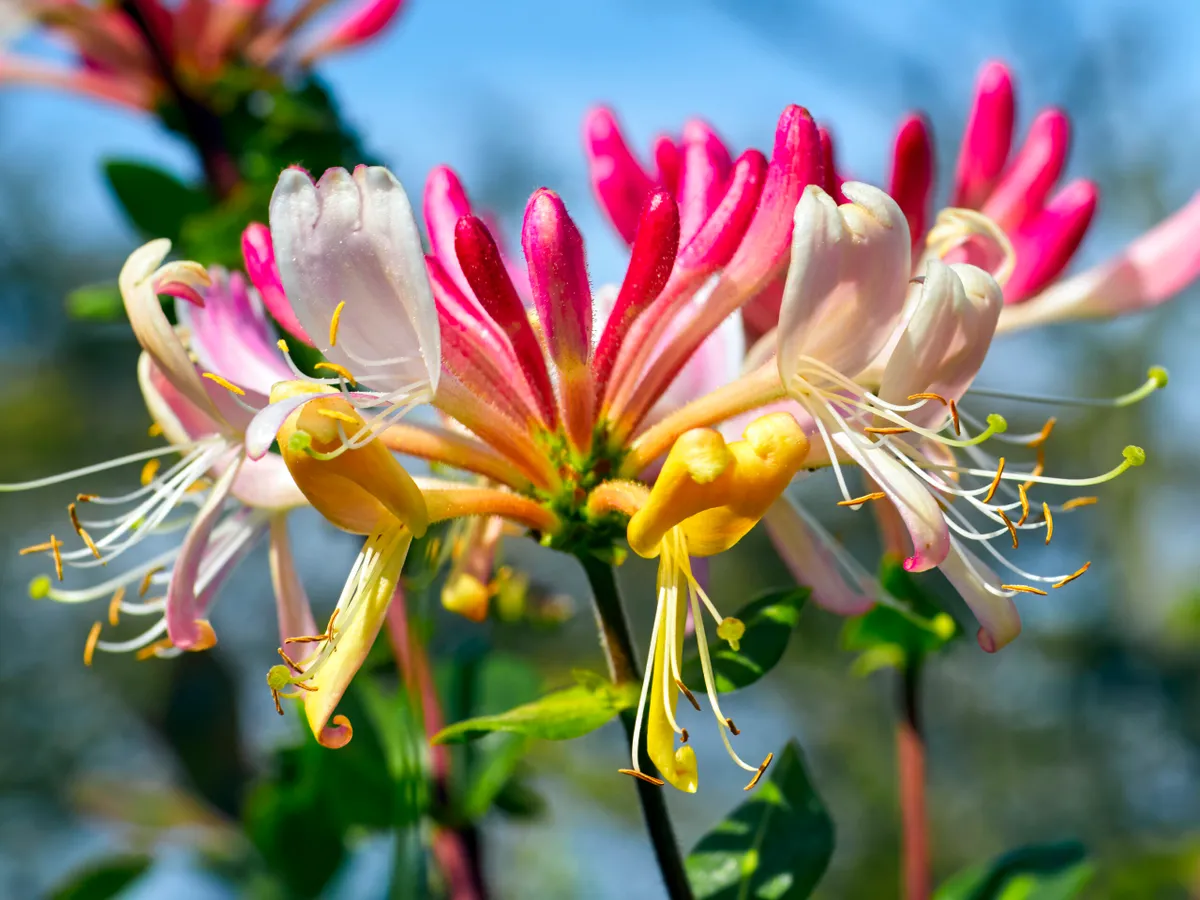
What is foraging?
Foraging is the practise of finding, picking and ultimately eating plants growing wild, whether that's in your back garden or on a countryside walk. There’s considerable joy to foraging your own garden, you can go out in your backdoor shoes and you know the plant's history: so, no fear of whether it’s the local pee post for passing dogs or it has been sprayed or is a parking spot (exhaust fumes have considerable amounts of particulates that you don’t want to eat). All of these bring an ease to foraging these ingredients, you can experiment with cooking with them, adding just a sprinkling of this or that to see what works and more importantly learn what you can substitute. I can’t remember the last time I bought supermarket spinach because a recipe calls for a handful, I just wander about the garden picking from any number of wild greens. I’ve learnt how to temper the bitter flavoured ones with milder ones so they suit the dish at hand.
Cross reference with several books and don’t miss details
How to start foraging in the garden
Dos and don'ts when foraging
Take care when foraging and always check at least twice
You should only pick from plants you have clearly identified. If in doubt, cross reference with several books and don’t miss details, if it says it’s a woodland plant but you’ve found it growing in full sun, then there’s a chance you are looking at different things.
Please make sure you have correctly identified any flowers and plants you wish to consume. Gardens Illustrated cannot be held responsible for misidentification of plants.

Don't forage from new plants, or polluted areas
Do not pick or eat off recently bought plants unless you know that they have been organically grown. Be wary of picking anything next to a busy road, exhaust fumes are to some extent blocked by barrier, so the roadside of dense hedge is no go, but the otherside of it can be considerably less polluted.
Only pick healthy leaves, flowers and berries
Watch out for allergies
Be allergy aware, introduce a small amount of any new food into your diet, if you have an allergy to conventional foods like celery, mustard or alliums, that will mostly likely carry over to their wild counterparts. Mustard family includes hairy bittercress, garlic mustard and horseradish, ground elder is the celery family.
Look for healthy leaves
Only pick healthy leaves, flowers and berries, if there’s any sign of mildew or moulds on the plant, don’t pick any part.
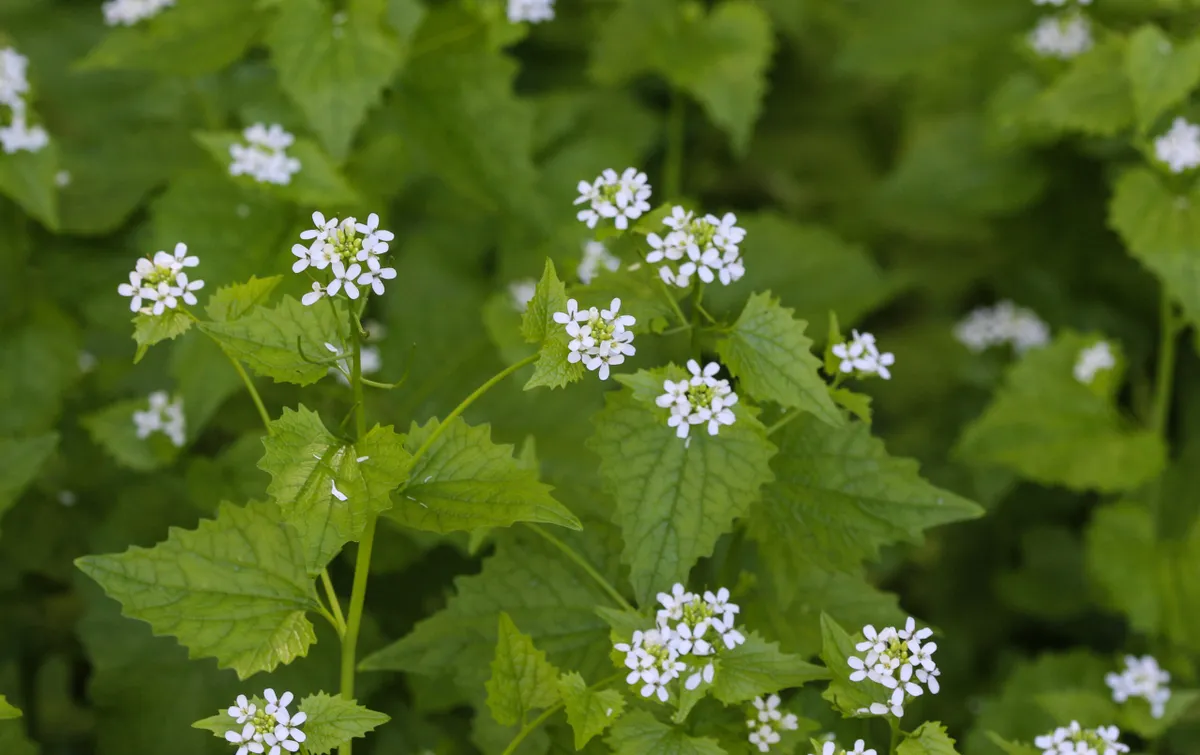
Wash thoroughly and don't over pick
Wash everything thoroughly. And just as importantly as your health, is the ecosystem’s, be honest in your harvesting, don’t over pick any one plant, or one patch, many other beings are relying on these plants for their only meal. Leave plenty for others, both human and non-human. Your freezer doesn’t need to be packed full of berries that you’ll throw out in a year’s time. Forage with the season - there’s always some new delight just around the corner.
Plants you can forage in your garden
Always cross reference and check with at least two different sources before you eat anything you pick.
For detailed descriptions of these plants, we'd recommend heading to Naturespot
Bitter greens
I find that nearly everyone can tolerate bitter greens if they are given something mild to temper them with. Mix bitter and mild green in a one-part bitter to three-parts mild for salads and wilted greens. Fats and acid — butter, lardons, vinegars, raw onions and shallots — also help with very bitter greens. A wilted dandelion salad with bacon, finely sliced onion and waxy potatoes dressed with a little vinaigrette is a very fine thing.
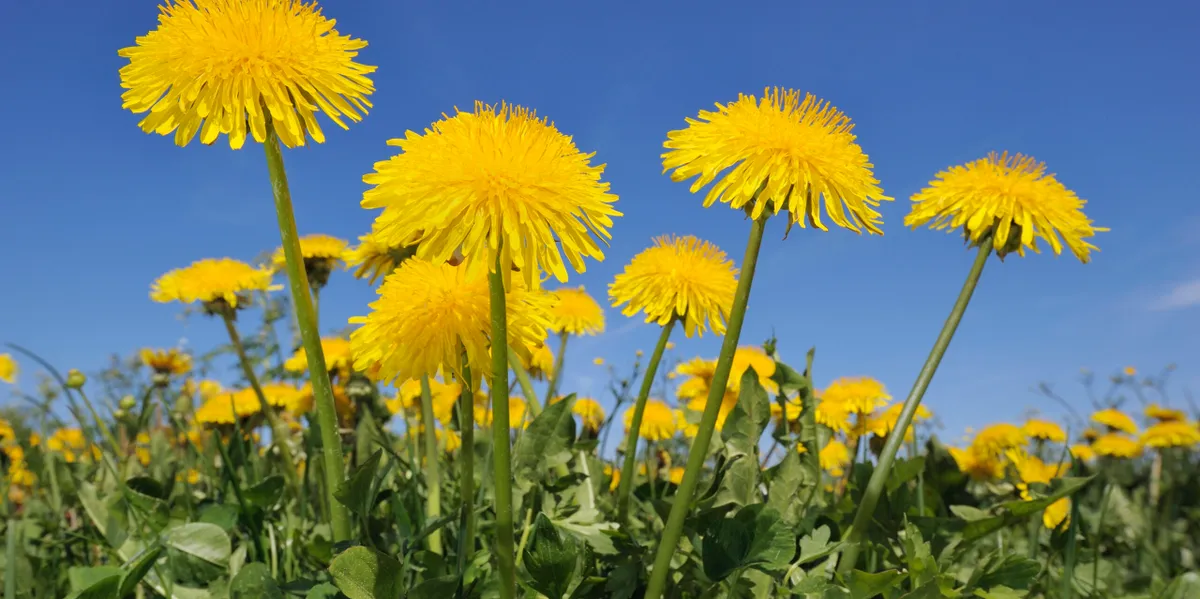
Dandelion leaves Pick the youngest leaves to the centre of the plant. Or pick a whole head, preferably with an unopened flower bud, and discard the tough outer leaves. I particularly like dandelion leaves sautéed.
Here's a full description
Forage with the season, there’s always some new delight just around the corner
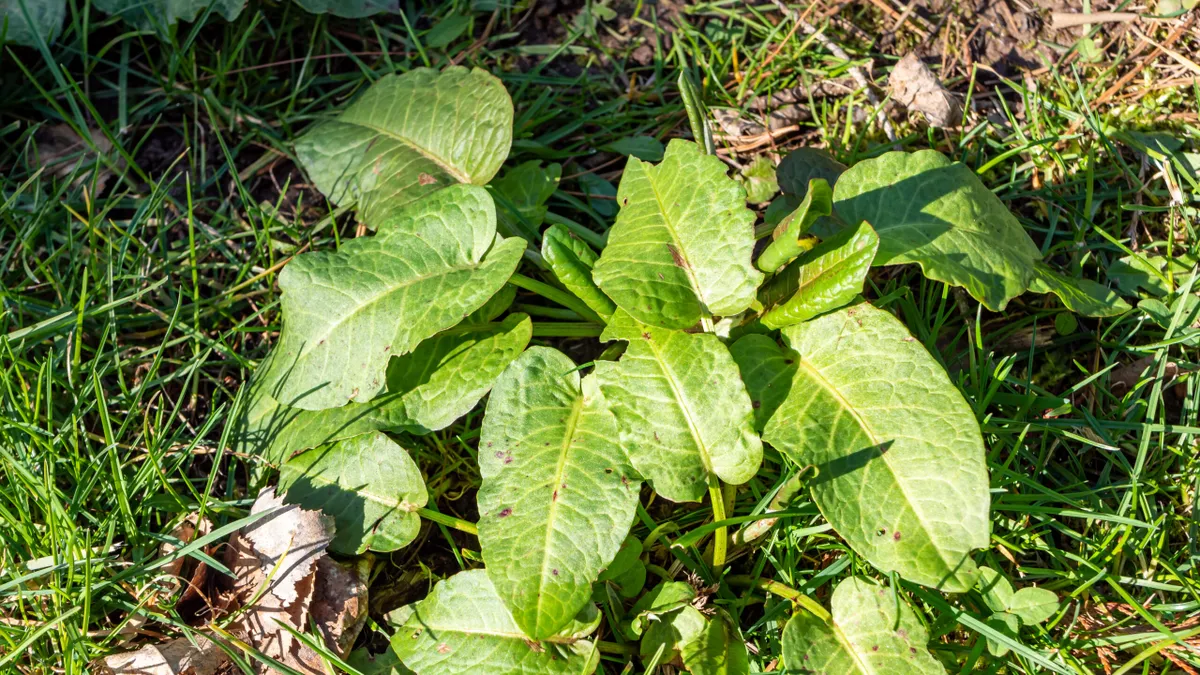
Dock leaves are very good with a strong vegetable flavour, but can be bitter. I find there’s two ways around the bitterness, either soak in salt water for 30 minutes or so, or dehydrate them first and rehydrate for soaps, stews etc. Or embrace the bitterness and pair with cheese or cream sauces.
Here's a full description
Mild greens

Borage, Borago officinalis Pick the young leaves before the plant flowers (don’t pick after flowering), salt the leaves for at least ten minutes, before washing and using.
Here's a full description
Mallow, Malva sylvestris Pick young, unblemished leaves that are free from rusts and use just like you would spinach. Do not pick from nitrogen-rich soils such as roadsides, as plants may contain high levels of pollutants.
Here's a full description
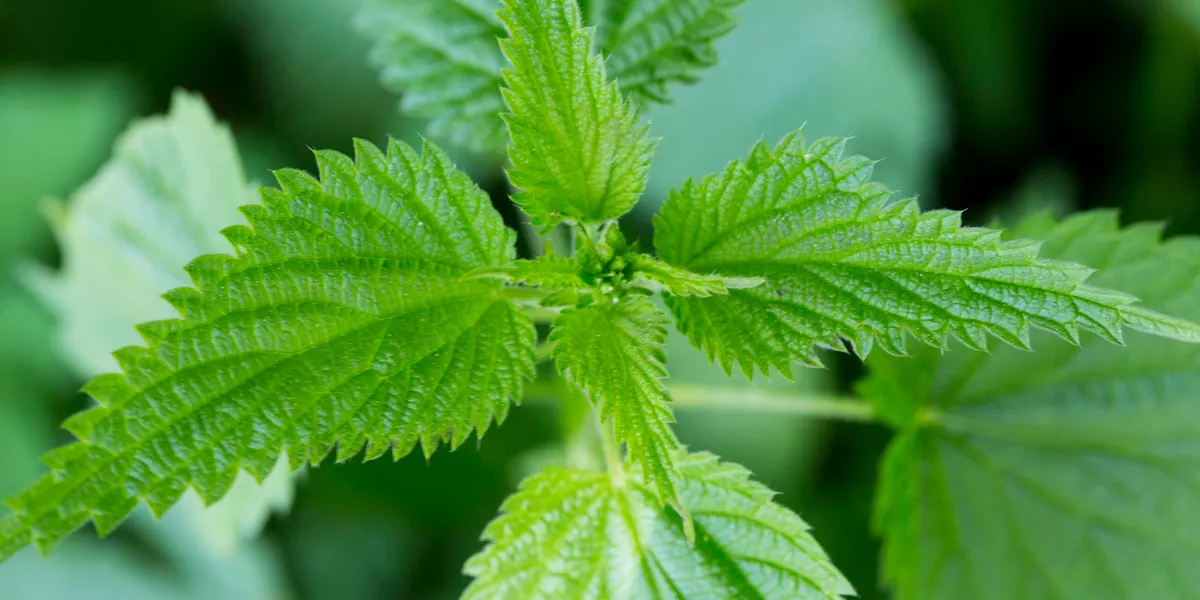
Nettles, Urtica spp Pick the tops and stop picking once the plant comes into flower. Best wilted, steamed or very briefly cooked.
Here's a full description
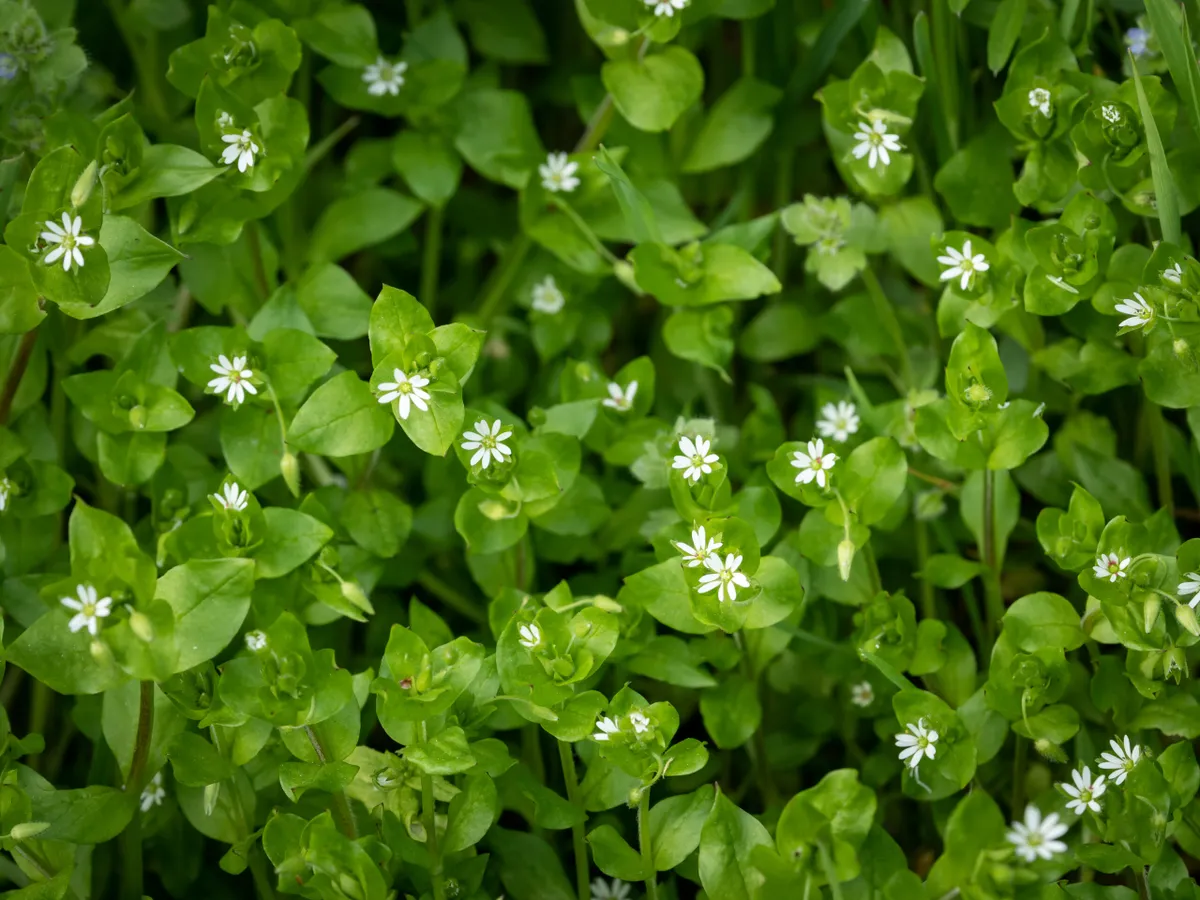
Chickweed, Stellaria media Young leaves, stems and flowers are particularly good in salads. If this one appears in your polytunnel over winter consider this a win as you now have plenty of free salad.
Here's a full description
Spicy or perfumed greens
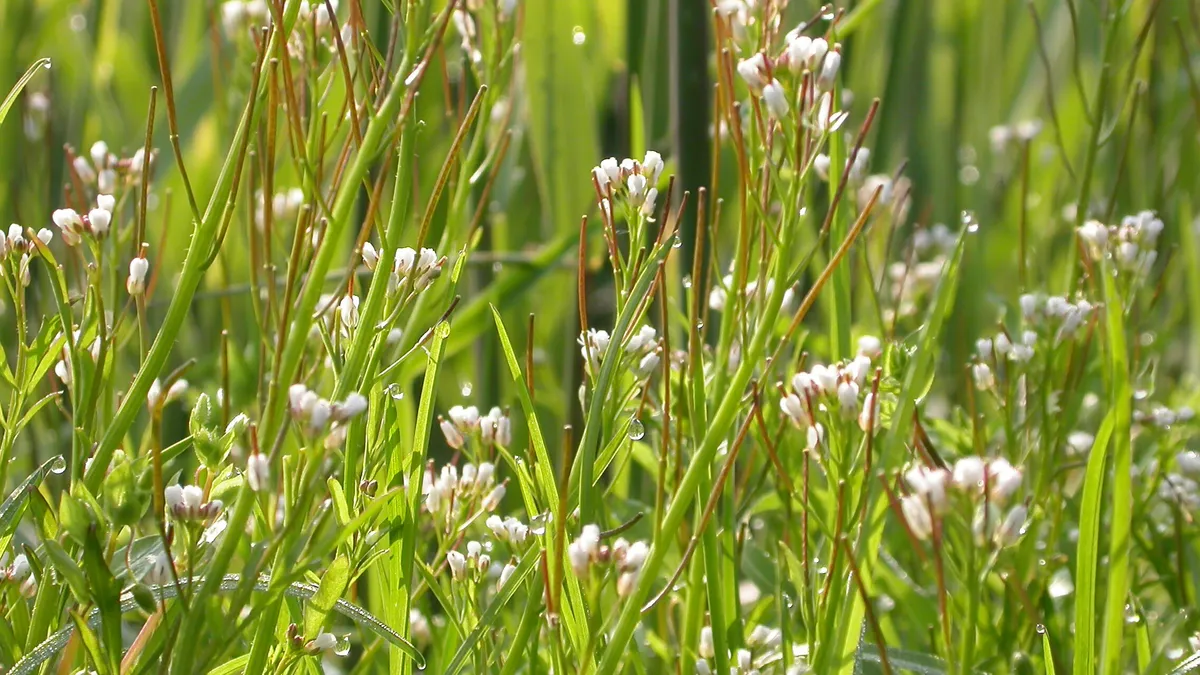
Hairy Bittercress, Cardamine hirsuta Pick particularly succulent, larges specimens, wash well, as there’s often a lot of soil splash back, and add to salads. More mature, coarser leaves can be chopped finely and used in pestos, salads, and chimichurri sauces. Excellent substitute for rocket leaves.
Here's a full description

Garlic mustard, Alliaria petiolata Young leaves and washed roots are excellent substitute for horseradish.
Ground elder, Aegopodium podagraria Stems and young leaves, best I think raw, rather than cooked. Chop very finely they make an excellent substitute for parsley working well in tabbouleh, gremolatas and pestos.
Here's a full description
Flowers for cordials, syrups, and to infuse into vinegar, honey and puddings
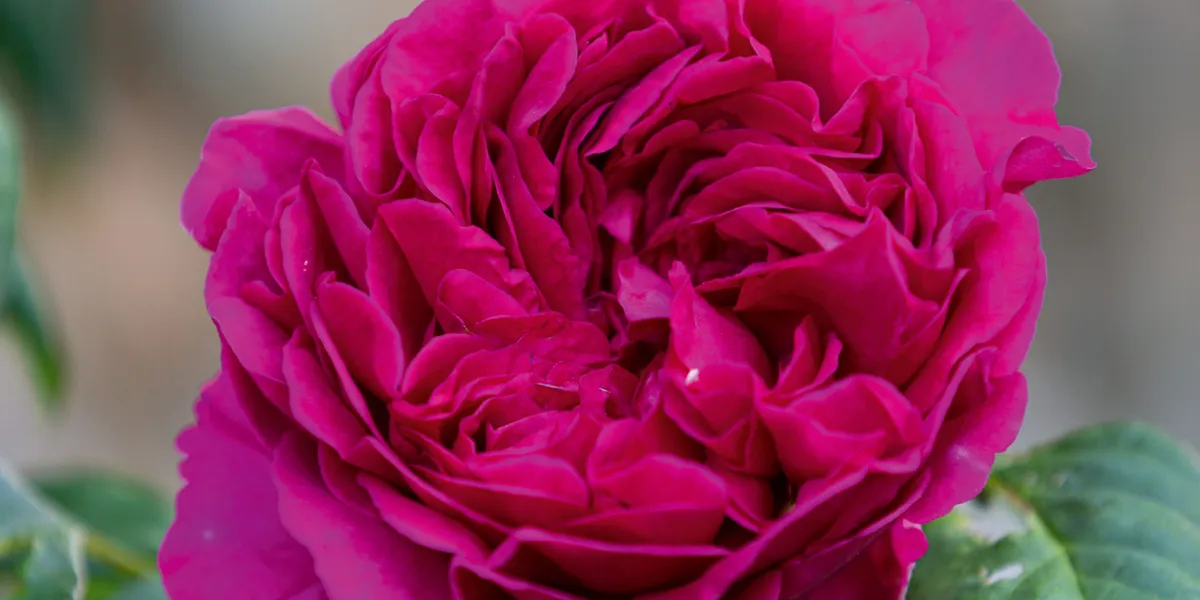
Scented roses, Rosa spp Macerate petals in sugar for at least a month, then blend. Delicious in puddings and porridge.

Honeysuckle, both common, Lonicera periclymenum, and Japanese honeysuckle, Lonicera japonica Edible flowers, but the berries are toxic, so however delightful they look don’t eat them. The flowers can be used just like elderflower.
Here's a full description

Meadowsweet flowers, Filipendula ulmaria Wonderful infused into milk or cream for puddings and tarts, etc. Or infused into syrups. Do both at very low temperature and use sparingly, a little goes a long way.
Here's a full description
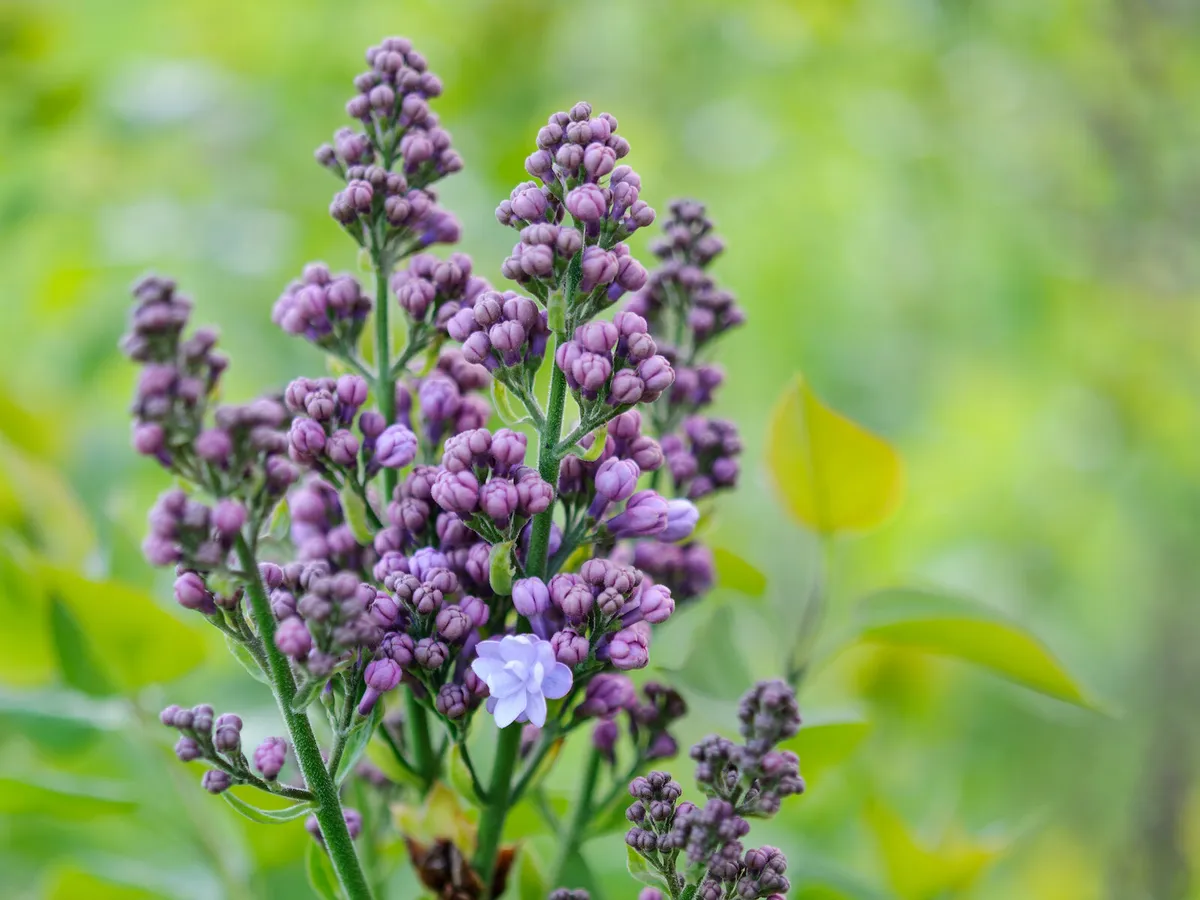
Lilac blossom Excellent infused in vinegar or honey, where it imparts its sweet perfume impeccably.
Cherry and plum blossom Good infused in mild flavoured vinegars.
Here's a full description
Protein rich seeds for smoothies, muesli, salads and baking
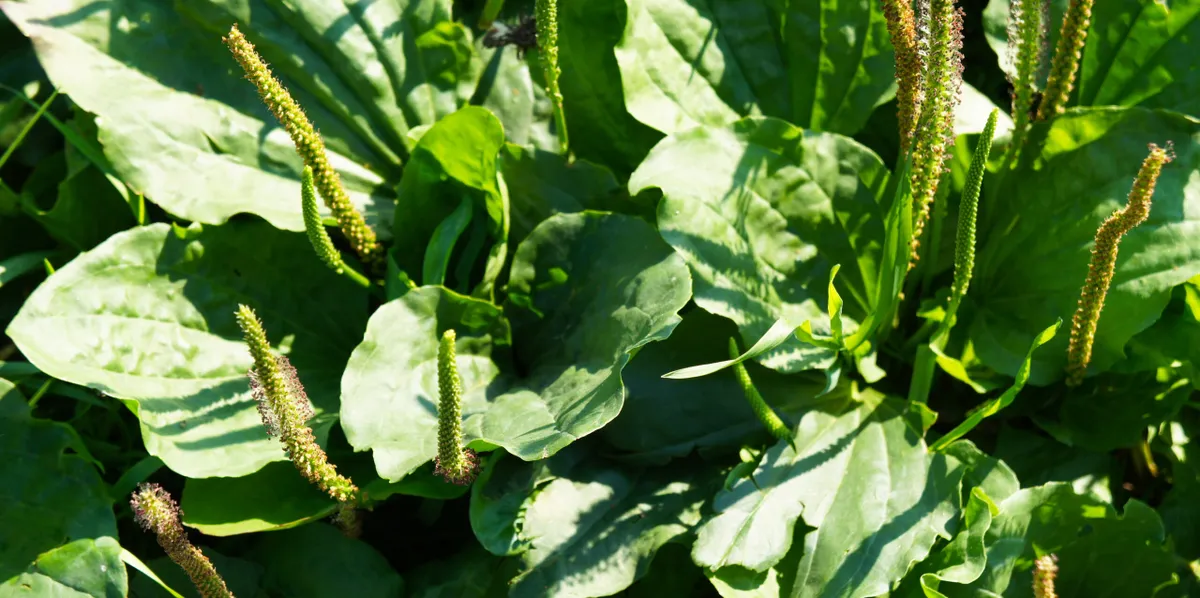
Broadleaf plantain, Plantago major, plus all the cultivated forms such as Plantago major 'Purpurea’ Healthy specimens can reward you with lots of seeds in very little time. Seeds are nutty, reminiscent of hazelnuts, and very good on muesli or porridge or baked into breads and crackers. Don't eat large amounts if you are on blood thinners or have a blood-clotting disorder.
Here's a full description
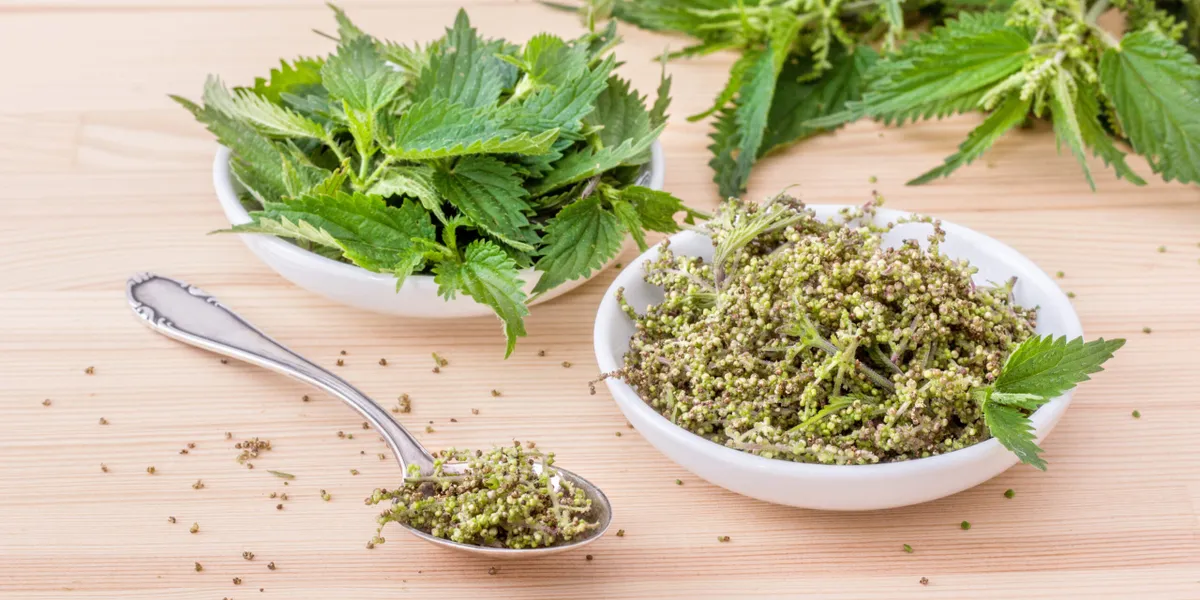
Nettle seeds, Urtica spp From female plants, these are particularly rich in protein and energy-giving. They can be eaten raw or dried for winter use. Work well in smoothies or added to food.
Dock seed, Rumex spp Best toasted, slightly bitter chocolate flavour, interesting in cakes, biscuits, etc.
Evening primrose seed, Oenothera spp Can be substituted for anywhere poppy seeds are required. A wonderful source of omega-rich oils.
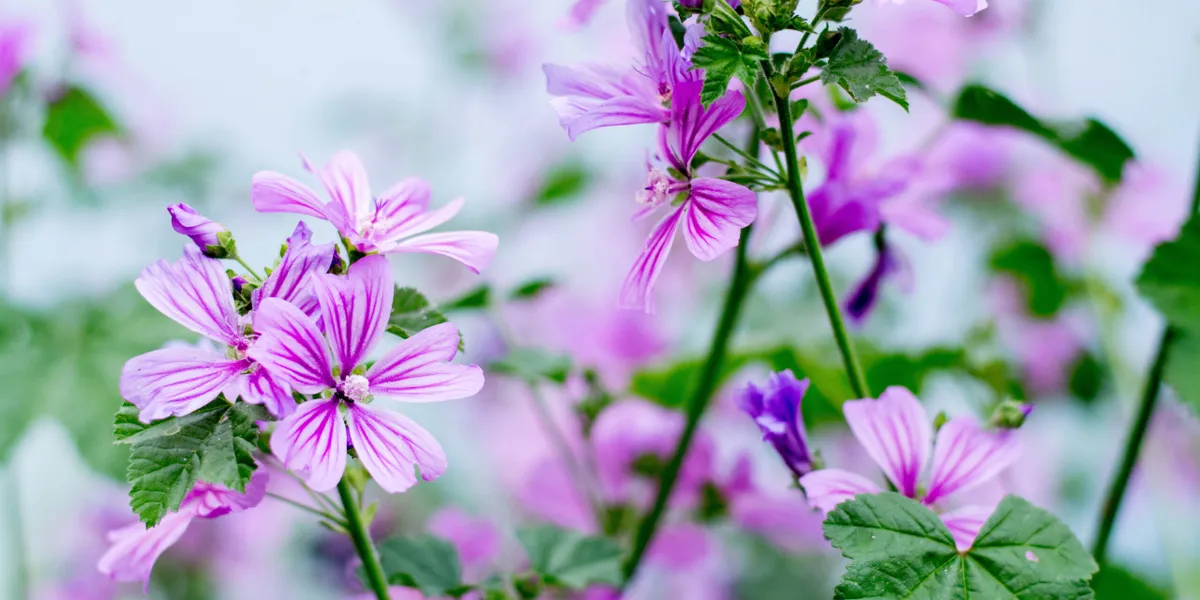
Mallow, Malva spp Best picked as young fruit green and eaten whole as a snack. These are known as mallow cheeses. Or you can be pickled like capers.

Wild herb fennel, Foeniculum vulgare Best toasted to add a nutty, aniseed flavour to soups, salads and works particularly well in tomatoes sauces.
Here's a full description
Discover more recipes from things foraged in your garden
Please make sure you have correctly identified any flowers and plants you wish to consume. Gardens Illustrated cannot be held responsible for misidentification of plants.




